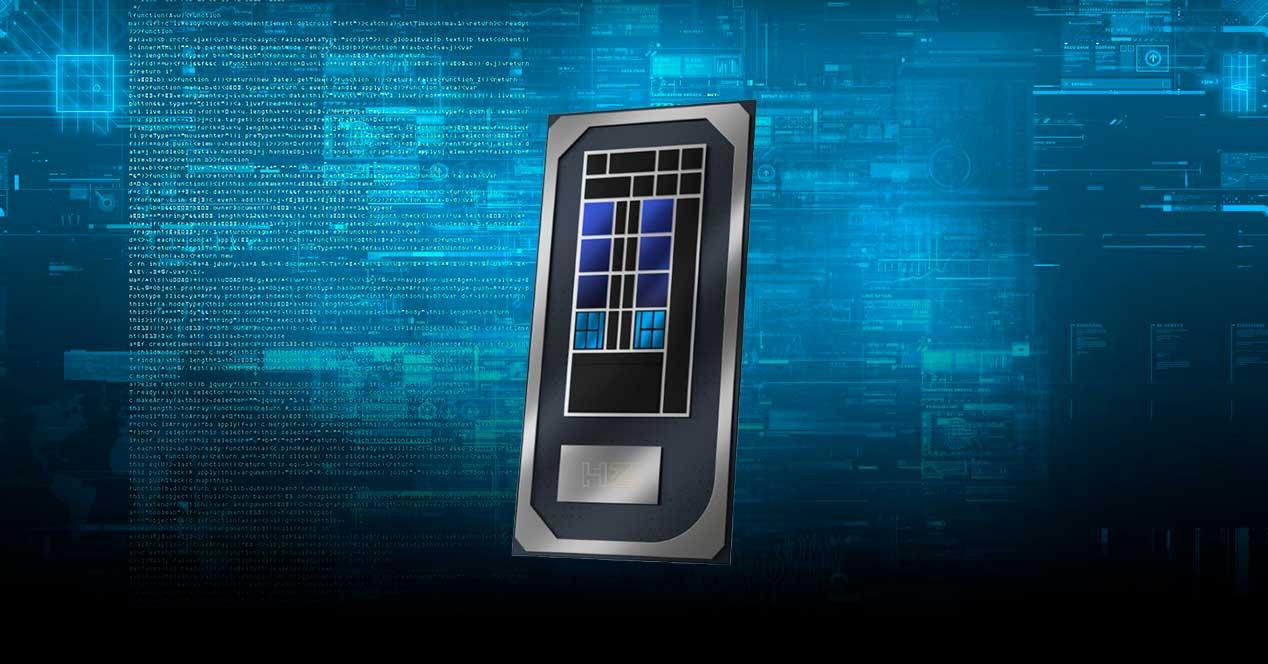Intel has taken not one, but two steps forward compared to its previous architecture and above all it has innovated in a sector where nothing different has been done since the Ryzen. Their Alder Lake processors now not only have one core type under their belt (homogeneous) but they bring two (heterogeneous) and that’s going to cause some pretty curious confusion in laptops that we need to be aware of in order to buy properly. The appearance of i7-12650H upsets everything.
We’re used to seeing the specs of any processor and assuming that an i7 is better than an i5 in terms of performance: better speeds, more caches, or more threads / cores. What if it wasn’t quite true or if it was cheating? Well, going to buy a laptop would be something more complicated than usual …
Intel Core i7-12650H: less is more?
A hybrid architecture like the one Intel has presented may result in a paradigm unprecedented so far on PC and which, oddly enough, will be the advance of what we will see in Rapaces Lake on the desktop next year. The new i7-12650H which was seen in Geekbench marks the way in which less is not always more or more is better.
Because? Well, because of its configuration. And we’re talking about a 10-core, 16-threaded processor that will be ahead of nothing short of the processor that’s set to be a sales leader this Christmas, the i5-12500H.
Like all portable processors (except the HK series logically) at 45 watts to preserve the temperature of each unit, this varies the movements of frequencies and hearts. The problem comes when it’s new i7-12650H
Internal configuration dictates the sentence
As always, the differences are in the details and the name i7 doesn’t come just because. Although this new i7-12650H is a 10-core processor, these are divided into 6 P colors and 4 E colors, on the other hand, the i5-12500H, despite its 12 cores, did not 4 P colors and 8 E colors.
We don’t know the frequency differences, but since TDP is the limiting factor, what we can be sure of is that the i5 will be slower in this section, ultimately resulting in lower performance overall. of the two types of cores in search of better efficiency.
Instead, the Geekbench leak reveals that the i7-12650H could go up to 3.5 GHz in Boost, we assume that in its E-Cores, since its higher brethren have really high frequencies (4.6 GHz, 4 , 8 GHz and 5 GHz) or it may just be a software read error.
On the other hand and finally, the filtering shows an iGPU with 64 EU which will operate at 1300 MHz under the Xe-LP series and which would be very close to the NVIDIA MX-350 and AMD’s RX 550, way above the Vega 11 as an iGPU, so it will be interesting to see how many laptops include dedicated GPUs and how many just leave that full-featured iGPU.











